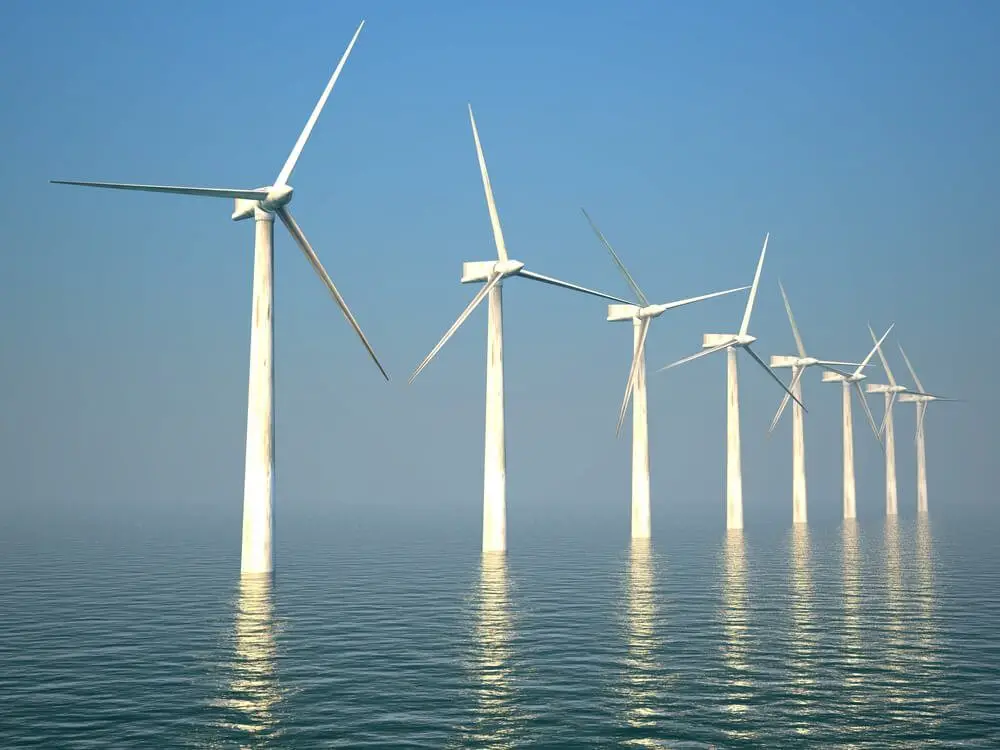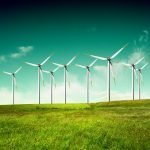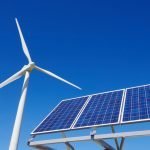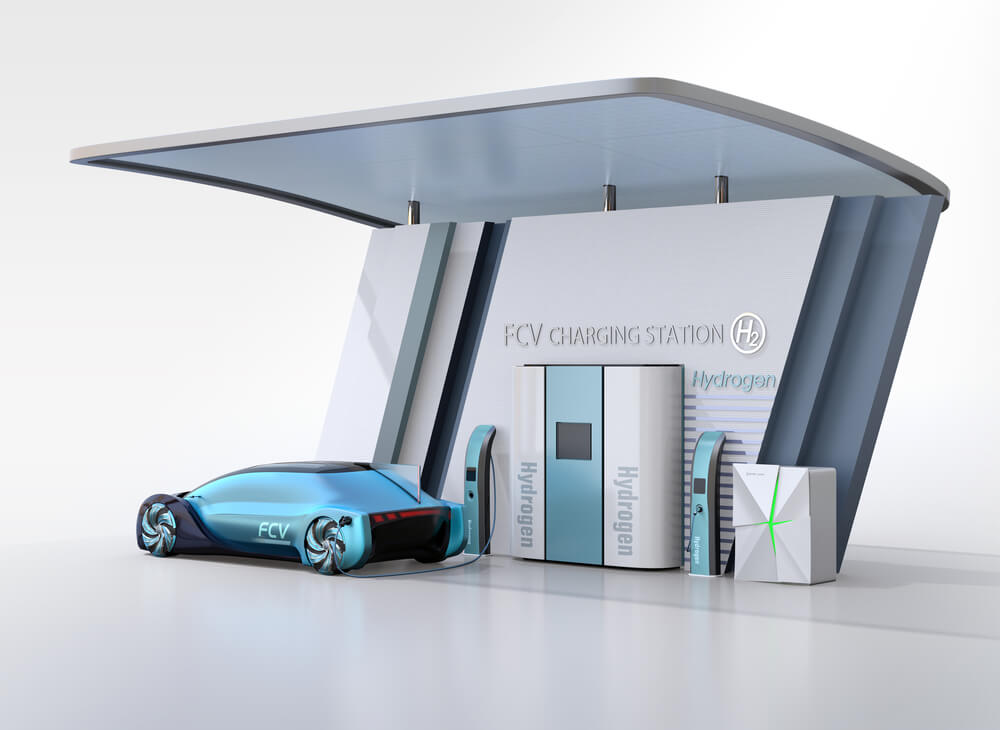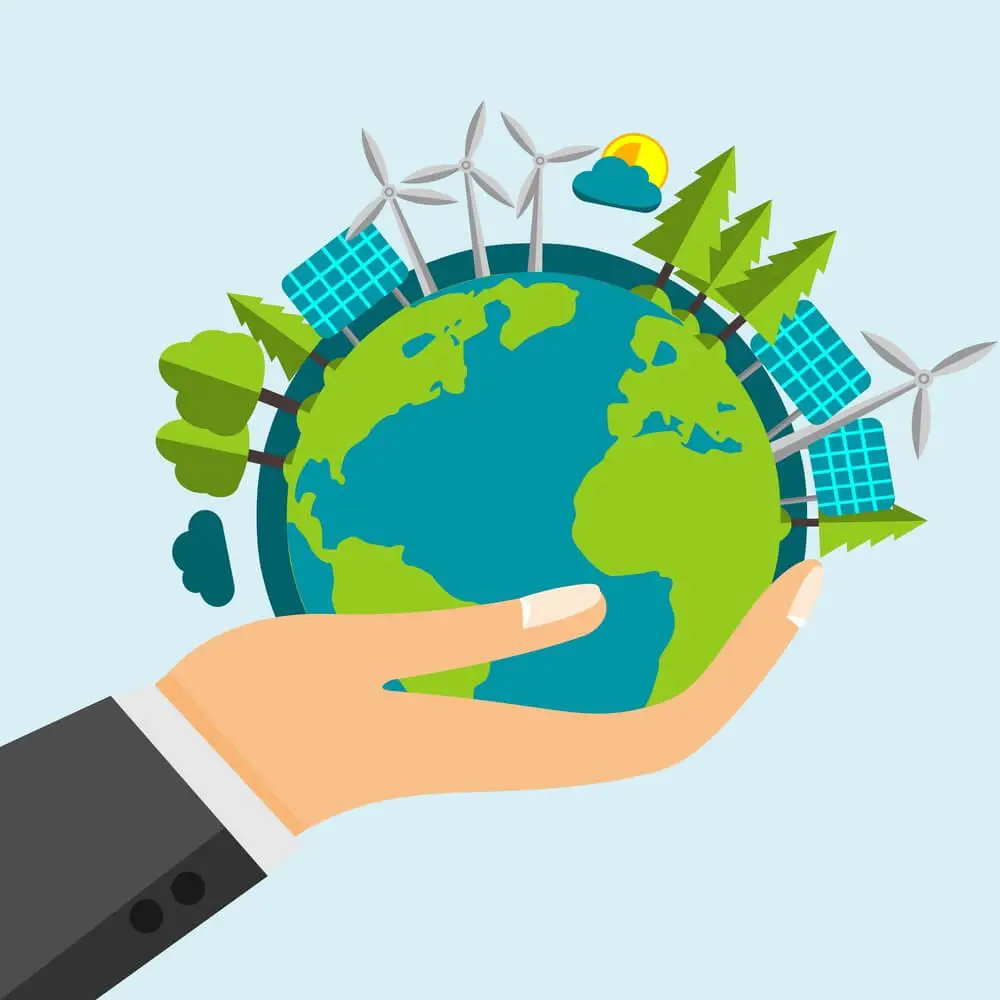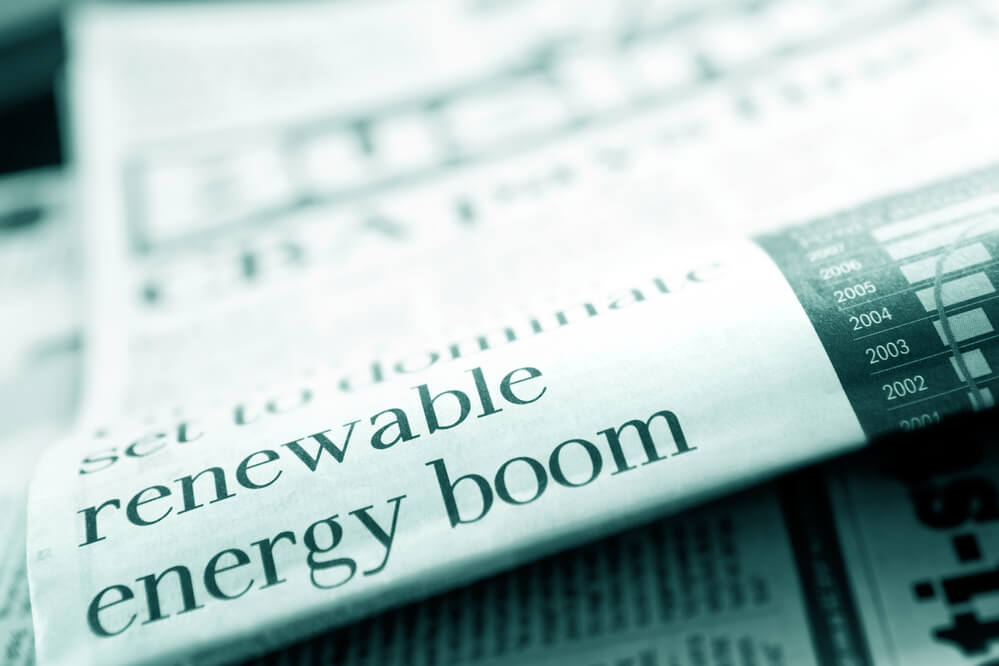In the modern era, the race is on to harness the power of renewable energy. There has been much advancement in technology and engineering to replace the use of fossil fuels.
But, how do these innovations create sources of renewable energy?
There are many contraptions, devices and other complex systems.
But all renewable energy sources harness what nature already gives us through wind, sunshine and water.
These provide for a cleaner environment while reducing pollution and toxic emissions into the atmosphere.
How many sources of renewable energy are there?
According to the Natural Resources Defense Counsel (NRDC), there are about seven renewable energy sources.
All of which are fantastic to power lights, electricity, heat, transportation and a lot more:
As much as each is excellent, there are some pitfalls to them.
- Biomass: Organic material from things like trees and plants, can produce heat by way of burning or decomposition. The resulting energy creates biofuel, or methane gas, which is a fantastic alternative. In theory, this can be a carbon-neutral fuel source, but this process does produce CO2.
Pitfall – This creates the need to replace or replenish the living organisms used for burning. So, the propensity to use up the substance will happen faster than growing more plant material.
- Geothermal Energy: The heat escaping from inside volcanoes, hot springs and geysers can provide power through the use of a special turbine. Called Geothermal Energy, the steam captured with underground equipment can heat homes or generate electricity.
Pitfall – Geothermal operations are expensive and earthquake-prone areas would destroy the underground components.
- Hydroelectric: The production of electricity comes through rotation within the turbines. These employ dams that make artificial waterfalls or directional channels which convert into hydroelectric power. These can be large, industrial-sized productions or small-scale operations for personal use.
Pitfall – Because it requires moving water, it can only be set up near rivers. This means it can disrupt the fish and wildlife cycles due to fluctuating water levels.
- Hydrogen: Hydrogen is a secondary byproduct as a result of created renewable energy and this can also become a fuel alternative. Hydrolysis occurs when the hydrogen processes through water tanks, splitting the molecules into oxygen and hydrogen. Hydrogen energy is clean burning with options for storage like batteries.
Pitfall – This process requires electricity and it only qualifies if the electricity comes from a renewable source.
- Oceanic Power: There are two ways to harness power from the ocean – thermal or mechanical. Thermal uses heat from the surface and cold from the depths. These are interchangeable and run through an engine that produces electricity. The mechanical form uses the natural ebb and flow of the tides with a variety of innovative instruments to capture wave energy.
Pitfall – Although very useful for populated coastal areas, landlocked cities aren’t close enough to the ocean to take advantage of the technology.
- Solar: Use of the sun via solar panels to transmute light into usable electricity is beneficial for larger populations. The power either feeds back into the grid, goes into a storage device or is used directly. It’s readily available and no further damage to the environment occurs from obtaining it.
Pitfall -Solar panels are a very expensive investment and not every place in the world has access to sun all the time.
- Wind: Turbines and windmills convert the power of air into renewable electricity. This creates fewer greenhouse gas emissions and is often plentiful, which makes this method very sustainable.
Pitfall – One turbine can take up lots of space and precious real estate. Plus, it looks unsightly against the backdrop of beautiful, scenic views.
Can anyone have renewable energy?
Yes, anyone can purchase and/or build a number of methods to create renewable energy for personal use.
It helps make people less dependent on utility companies and offers a great way to get the power needed without taxing the environment.
Not only is this perfect for homes and small businesses but it also works for farming operations and homesteading.
Rooftop solar panels, small wind turbines and other biomass appliances are easy to purchase and install.
Of all renewable energy sources, which one is best?
Several types of renewable energies are excellent in providing a “green” environment. Solar and wind top the list because they are plentiful every day.
There is no burning or consuming precious resources, which makes them worry-free and sustainable.
Location Determines What’s Best
But, depending on the location and area that wants to implement a renewable energy plant, the best one will depend on what’s most available.
Some places have more sun while other places have more water.
For example, people living in Arizona or near the Sahara Desert will do better with solar power than with Ocean Power.
Places like Massachusetts, California, Japan or the UK would do best with ocean innovations. Inland areas like Nebraska, Montana, the Republic of the Congo or the areas around the Himalayan mountains would do well with energy derived from wind.
Are any sources of renewable energy cheapest?
On the outset, wind is the cheapest in terms of equipment, setup and cost.
However, power generated from solar and hydroelectric sources are more cost effective once installed. But the equipment to set these up can be quite an exorbitant investment and somewhat elaborate to do..
Nevertheless, in a report by Forbes Magazine, hydroelectric is taking the world by storm. It only costs $0.05 per day to run.
So it’s easy on the pocketbook while providing clean, green power from a renewable source.
Laws of Economics with Renewable Energy
Because of how popular renewable energy is becoming, equipment prices are dropping more and more. According to Lazard, a company that tracks the use of renewable energy, the cost of solar panels dropped 71% in 2020 versus 2009.
But people with inclinations toward innovation and invention can construct their own devices for harnessing nature.
For instance, windmills are one of the most common things for people to build with simple items they have lying around their home.
What is the world’s largest renewable energy source?
The sun is the largest source from which to produce renewable energy.
Although some areas are more cloudy and overcast than others, solar panels will work anywhere there is access to sunlight.
Hydroelectric is King
But, in regards to direct usage, hydroelectric power ranks as the world’s largest and most employed form of renewable energy.
Although setup is pricey, it does pay for itself in the end because of how inexpensive it is.
The US Energy Information Administration says that steam turbines are one of the most popular forms of acquiring power from renewable sources.
These account for about 20% of all energy produced in the United States in 2020, with promise showing in how there’s a steady rise.
Conclusion
The emission of CO2 from the use of fossil fuels can cause things like acid rain and lowered air quality. So, we have to try and keep the earth as pristine as possible.
Although harnessing things like the sun and wind are viable solutions, they are still in their infancy.
But using these things won’t contribute to environmental degradation while providing the power we need to thrive.
